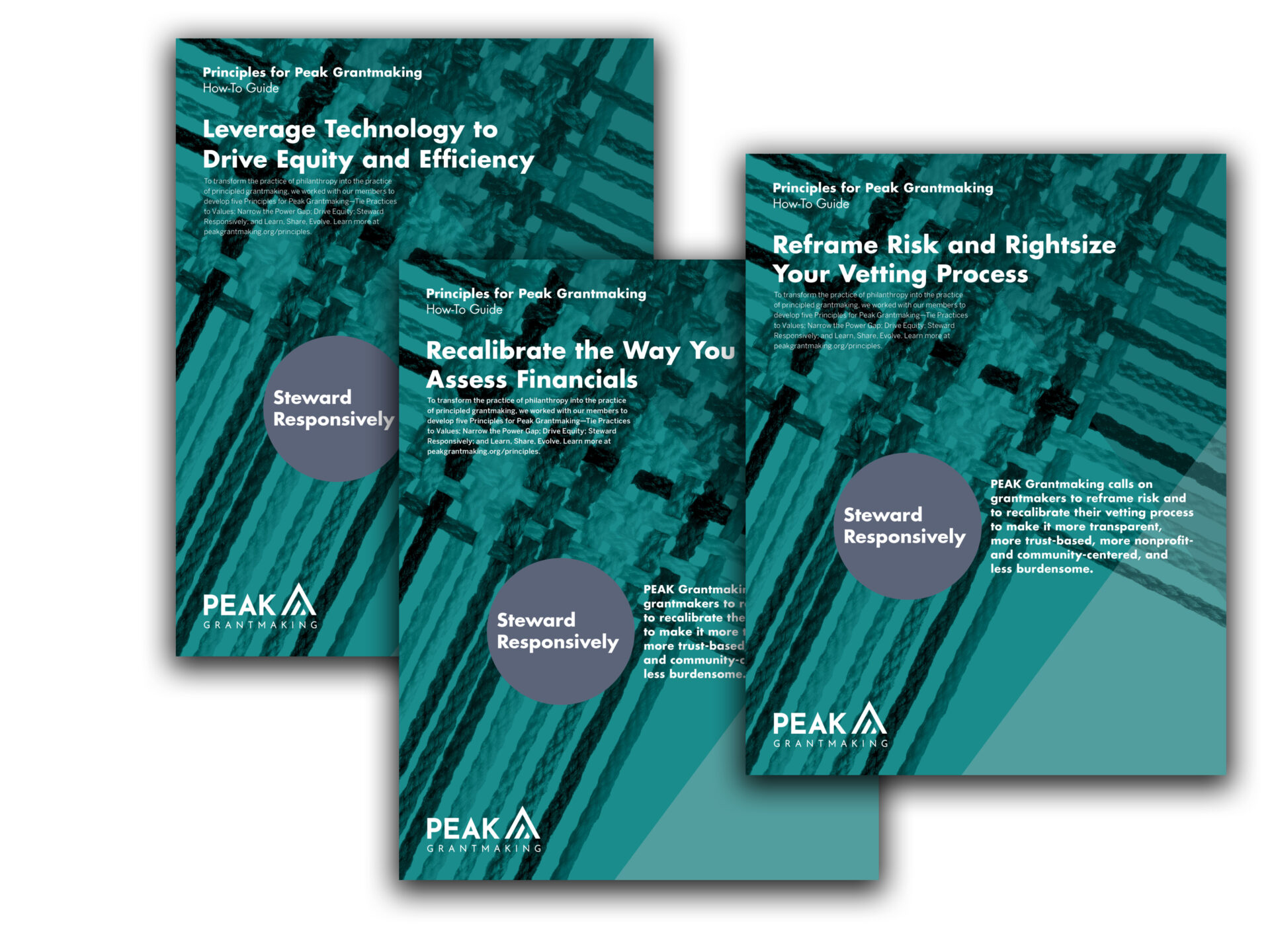
How Donors Can Use Intermediaries to Play a Powerful Role in Social Change
Big shifts are happening within philanthropy that are making intermediaries more important. More donors are choosing Donor Advised Funds (DAFs) as their giving vehicle of choice instead of traditional foundations, as DAFs offer greater flexibility. Funders are hearing the call to be more responsive to the field, but are not always sure the best way to engage. I work at an intermediary organization that was founded to offer donors greater flexibility. From my purview, there’s tremendous opportunity for these organizations to take on more leadership in the sector.
Why do we need intermediaries?
In nearly every issue, resources tend to concentrate in a few large organizations and rarely get to those doing work at a community level. Arguably, this phenomenon has handicapped the nonprofit sector from making big impacts and rapidly prototyping solutions to emerging social problems. Money needs to move more quickly than the grant cycles of traditional philanthropy. Large national foundations, individual donors, and the growing number of DAFs need a trusted vehicle to grant large blocks of resources for dissemination to ground-up strategies that are pushing the front edge of social change.
Intermediaries have historically served as “regranters,” but they have the ability to do more than pass through dollars. Intermediaries and the vehicles that garner large resources – pooled funds, fiscal sponsors, and more – aren’t yet strong players on the team in supporting forward leaning strategies and taking the right risks to reach deeper impact. Intermediaries aren’t yet playing their role to accelerate the flow of resources to those on the ground making change happen.
It’s not just what and where we fund, but how we move the money that matters.
At the Solutions Project, we are working to redefine the space that national networks or intermediary organizations occupy. Found by three Marks – a celebrity, banker, and scientist – the Solutions Project functions in an intermediary role to move money and media differently for a big social change vision of 100% clean, renewable energy for 100% of the people. The science is clear and the technology to go 100% clean, renewable energy exists, but the barriers that stand in the way are political and social in nature. So, we’re working to tell the story of how clean energy transforms communities, creates jobs, and more.
As an intermediary, we can more nimbly put resources into the hands of those making change on the ground through organizing, community building, and developing new types of energy systems that foremost benefit community. We bring together donors to better align and invest in resources to tackle those political and social barriers. That can manifest as serving as the first national dollars to local groups, developing a rapid-response grantmaking program that turns decisions around in days or making strategic investments to strengthen leadership. We go beyond simply funding good work done by excellent organizations; we dive in to influence and align other funders within the philanthropic sector along a community-led strategy that wins. This is a critical role that intermediaries play: being strategically placed between the field and donors enables them to experiment with new funding models and support riskier endeavors.
With greater support from donors, intermediaries can be laboratories for impact.
Intermediaries can use every grant as an opportunity to learn and innovate. They can ask questions such as: how is this work new and generative in the field? What will our funders and other philanthropies learn in how we funded the work and why? How will this grant radically improve resource flow, capacity, and scaled impact across community organizations.
Donors need to ask how their money is leveraged and stretched beyond their own organization’s capacity, strategy, and vision. Intermediaries must develop a new level of thought leadership, provide transparency to the grantmaking model, and enable the flow of more resources to vulnerable communities. Donors will have the opportunity to see intermediaries as core tools at the center of social change instead of a necessary evil to do work outside of their own organization’s boundaries.
At the Solutions Project, we are working to tackle these tough questions head-on. While we are still navigating our way through the work, these are some of the lessons we’ve learned:
- Stay Two Plays Ahead: Expect that an intermediary’s work is never done. Strategies need to be refined and evolve with the changing nonprofit ecosystem. Intermediaries are uniquely positioned to imagine new, creative solutions and pathways to real social change. Donor can support intermediaries to take risk and experiment will bring forward the best in their work.
- Know Your Team: A strong partnership between donors and intermediaries can be a boon for themselves and the field. Donors who see intermediaries as an extension of their work (values alignment, strategy buy-in, etc.) are set up for the best success.
- Go For The Gold: To be good stewards and demonstrate impact, we often need to remind ourselves that absorbing risk is part of the role and that the risk we face pales in comparison to those doing the work every day. Intermediaries have fundraising challenges, but boldness and imagination are their asset.
In this political and social moment, donors need to make strong investments into intermediaries that can develop breakthrough strategies. In partnership with donors, intermediaries can step into leadership, be bold, and take that creative step you’ve been hoping to execute. Now is the time to lean in even further than before and use the tools of intermediaries beyond regranting.



